PDF chapter test TRY NOW
The advent of the Iron Age
- Following the decline of the Paleolithic and the Mesolithic periods, there emerged the new age of culture named the Iron age. As the name signifies, this was the period where the people started making Iron-based tools. The usage of Iron has not been reported till this period.
- This age was the predecessor of the Sangam Age of Tamilnadu -which played a pivotal role in literary development in later stages.
- An important aspect of the Iron age is that it had inculcated the habit of exchanging goods among people of different parts of Tamilnadu.
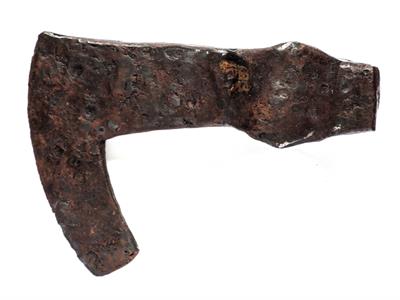
Iron age axe
People slowly started using various metals like Bronze, Gold in addition to Iron. Also, the people of this period started wearing ornaments made of Quarts and Carnelian.
The Megalithic or Iron age is widespread among many parts of Tamilnadu. Important places where the tools were found are as follows,
1. Cuddalore
2. Vellore
3. Trichy
4. Pudukkottai (Sittanavasal)
5. Adhichanallur (Thoothukudi)
6. Madhuranthkam (Sanur)
2. Vellore
3. Trichy
4. Pudukkottai (Sittanavasal)
5. Adhichanallur (Thoothukudi)
6. Madhuranthkam (Sanur)
LEMURIA – THE LOST LAND:
The origins of the Tamil people are mostly linked with Lemuria, which is a lost land. The Theory of Lemuria is inseparable in many of Tamil Nadu. This continent is believed to have existed on the Indian Ocean near Kanyakumari.
The name of the continent is derived from the “Lemurs”, an animal group that existed in the continent. This continent is said to be drowned under the sea due to various climate change events. Some scientists believe that the later people of the continent existed during the Mesolithic and Neolithic periods.
The Method of Megalithic burial:
The Megalithic period witnessed developed burial methods that are advanced compared to the previous period. This system followed the burial of dead bodies using red and black pots with iron tools. Big stone slabs were placed along with circular tombs. Few bones and skeletons are also placed with dead bodies while burying.
Memorial burials: These are unique burial methods where human bones and Skeletons are not kept with the dead body. Only the goods used by the dead person are kept with the burial.
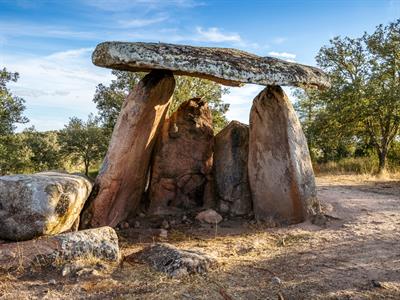
The Dolmen
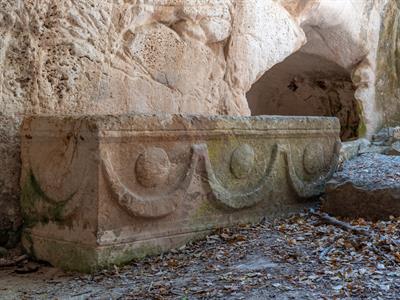
The Sarcophagus
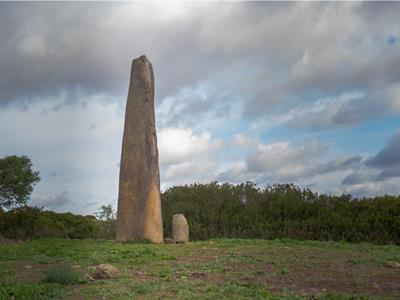
The Menhir
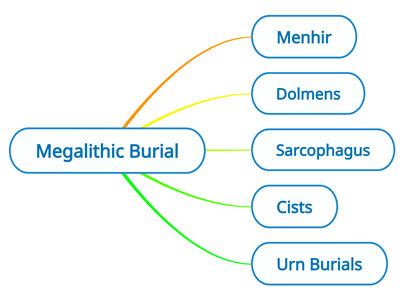
- Urn Burials: Burials that take place with jars and pots.
- Cists: These are made of stones that are buried under the earth.
- Sarcophagus: Coffins that are made of stones.
- Dolmens: They are made of two or more standing stones with one stone kept across them.
- Menhir: A tall single stone placed upright to mark the burial sites; these also denote that the person buried is worshipped as a saviour or hero.
Portholes: These are considered as the entrance of the burials tombs which are commonly found in dolmens and cist burials.
Neolithic burial methods of Kerala:
- Paththikkal – The hoodstones
- Toppikkal – The Hatstone
- Kodakkal – The umberella stone
